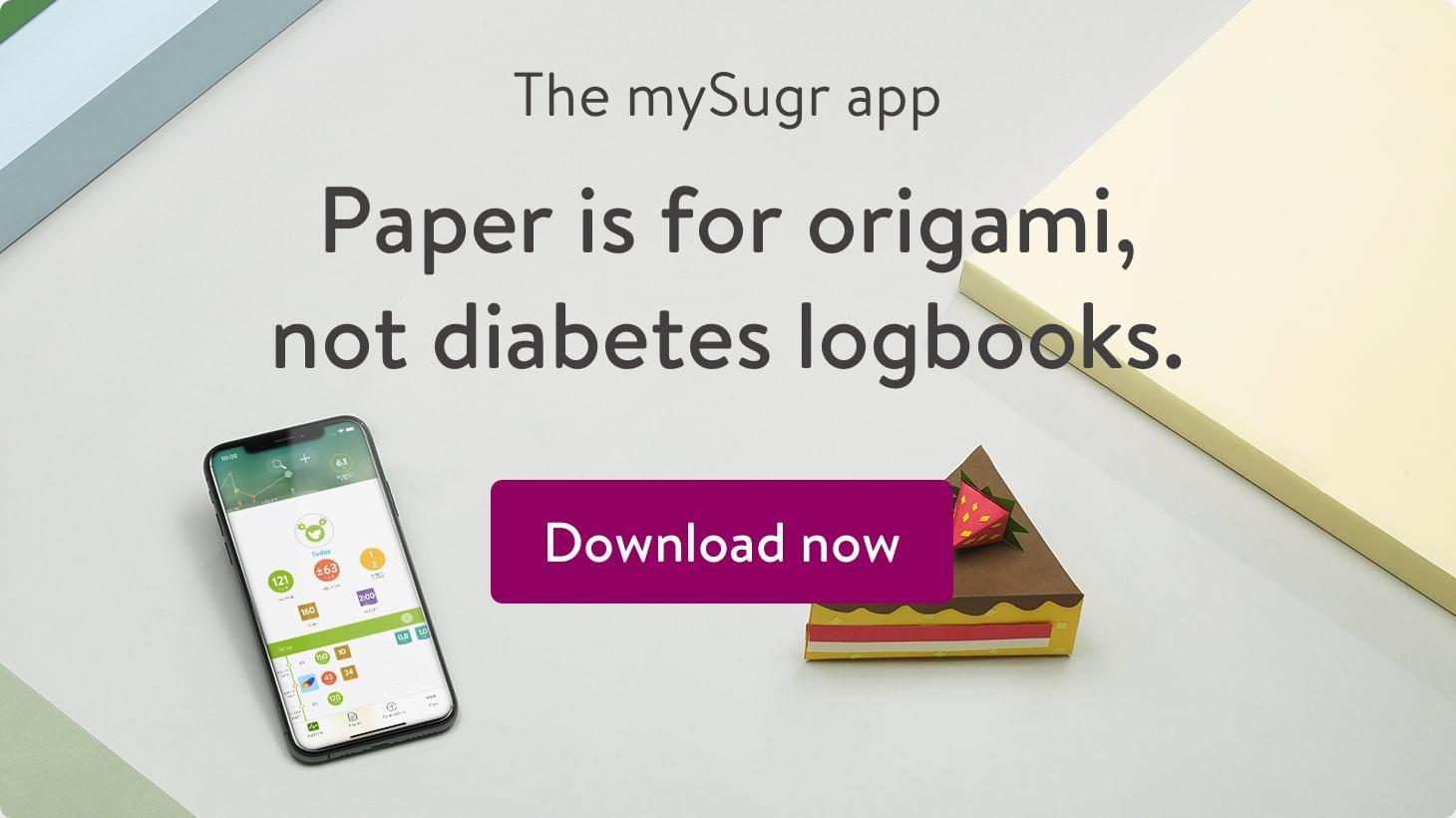What Is Hyperglycemia?
Hyperglycemia occurs when blood sugar levels rise above a healthy range due to a shortage of insulin; that range can vary from person to person.
Typically, if a person has a consistent trend of elevated blood sugar levels above 100-126 mg/dl, even while fasting, their healthcare provider may begin investigating the underlying cause and begin treatment to correct symptoms of hyperglycemia. Those values are thresholds for diabetes and prediabetes diagnosis.
Fasting blood sugars between 100-125 mg/dL are considered prediabetes and fasting blood sugars over 125 mg/dL is where diabetes is diagnosed.
What Are The Symptoms Of Hyperglycemia?
Much like its counterpart, hypoglycemia, high blood sugars are part of living with diabetes and managing blood sugar levels can be challenging.
However, with proper treatment, and a little education, you can keep your blood glucose levels in a healthy range. Furthermore, with better management, you can begin to recognize the early warning symptoms to avoid hyperglycemia complications.
Beyond a simple finger stick or lab draw, you may be experiencing elevated blood sugars if you feel:
- Trouble concentrating
- Frequent urination
- Increased thirst
- Blurred vision
- Headache
- Fatigue
If elevated blood glucose is left untreated, the symptoms can grow to include:
- Reduced healing and infections
- Nerve or blood vessel damage
- Abdominal pain and vomiting
- Weakness and confusion
- Fruity-smelling breath
- Shortness of breath
- Dry mouth
- Coma
What Can Cause Hyperglycemia?
Almost anyone can experience the occasional high blood sugar if they eat an unusually large or high carb meal. Without diabetes, their body automatically and relatively quickly brings their blood sugar down.
But people with diabetes need extra help to lower those elevated blood glucose levels back into a healthy range. In a person with type 1 diabetes, hyperglycemia requires insulin injections because their body does not produce its own insulin.
People with type 2 diabetes have difficulties utilizing the insulin their body does make; therefore, they might require oral medication, lifestyle changes or injectable insulin. For both types of diabetes, hyperglycemia can be caused by:
- Calculation Errors - Eating more carbohydrates than what was covered by insulin or exercise.
- Stress - Stress hormones caused by illness, injury, and more can elevate glucose levels.
- Exercise - Strenuous exercise when you already have high blood glucose levels can lead to extreme hyperglycemia. Even if your blood glucose is NOT elevated can cause a rise in blood sugar levels, due to the release of adrenaline which tells the liver to put out extra glucose to fuel the activity.
- Medication(s) - Certain drugs, like steroids, or even using expired insulin, can elevate blood sugars above the target range.
The good news is, as much as it can sometimes feel like this diabetes monster is untamable, with a little preparation, you can be wholly prepared for hyperglycemia treatment and know just what to do!
How Do You Treat Hyperglycemia?
Just as your diabetes may vary, so can treatment for your high blood sugar depending on your unique physiology. Ultimately, insulin is the fastest way to lower high blood sugar.
But for some people with type 2 diabetes, a simple walk and a glass of water might do the trick. The real task is figuring out which method works best for you.
After all, boosting your Time In Range (or TIR) is a big part of overall diabetes health to try and avoid long-term complications. Heading off hyperglycemia is a big part of that effort.
There are three main things you can try to lower hyperglycemia.
- Exercise – Physical activity, like a brisk walk, can lower moderately high blood sugars. Bear in mind this should be avoided for extreme hyperglycemia or people experiencing ketones.
- Dietary changes – Reduce added sugars and refined carbohydrates. Stick to a mostly plant-based diet full of fresh foods and remember to stay well hydrated. If you find you are experiencing a pattern of high blood sugar, try working with a dietitian to see if you can adapt the type of carbohydrates you eat to help avoid unnecessary high blood sugars in the future.
- Medications/insulin setting adjustments – If you inject insulin for your diabetes, your endocrinologist, or certified diabetes educator (CDE), can help review your data logs to change the timing or insulin amount of your injections. Or perhaps they'll suggest you alter the formulas within your insulin pump to give you better postprandial control.
For many people with diabetes, a combination of the above three approaches works well. Each person’s diabetes is unique, so work with your healthcare provider to find the approach that works best for you!
Quick tip: For those with type 1 diabetes, it is worth noting that exercise and dietary improvement are always beneficial. However, if your blood sugars are extremely high, especially if those highs come with nausea and vomiting, you must check for ketones and contact your endocrinologist.
Extreme and/or ongoing hyperglycemia could be a symptom of an underlying issue (illness, or pump site failures) and needs to be addressed quickly to avoid diabetic ketoacidosis.
Is Hyperglycemia Dangerous?
The most immediate risk from hyperglycemia comes from the extreme high’s ushering in ketones.
When insulin levels are inadequate, the cells aren’t receiving blood glucose for energy, and the body begins to break down its own fats for fuel. The byproduct of this produces ketones which cause the blood to become acidic and if left untreated, can build up on the bloodstream and lead to Diabetic Ketoacidosis (DKA). If DKA is left unchecked for too long, it can lead to coma.
While DKA is rare for people with type 2 diabetes, in the longer term, even moderately high blood glucose levels can lead to vision damage, nerve damage, skin complications, kidney damage, and more no matter which type of diabetes you have.
Furthermore, if you continue to struggle with blood glucose levels that are above the optimal range, you can become desensitized to the warning signs.
This can become a vicious cycle!
All the more reason to focus your day-to-day life on making good choices and being in the best possible health, ongoing. Keeping your blood glucose in range as much as possible is a huge step towards avoiding many, if not all, of these long-term complications.
mySugr Can Help!
Want to log your activity to see what triggers your hyperglycemia, track your data, and look for trends!
Each time you have a high blood sugar episode, keep a log of what you ate and what activities you participated in immediately beforehand. See if you can find any common denominators that you might be able to account for in the future.
The mySugr App makes this easy! The app lets you enter and track your records (insulin, food, activity, and more).
Then you can utilize the smart log search feature to search for all the highs. You can share these records with your healthcare provider using the PDF reports, and they can better guide your ongoing diabetes therapy options, as well as help you find long-term solutions to fight against future hyperglycemia complications!


